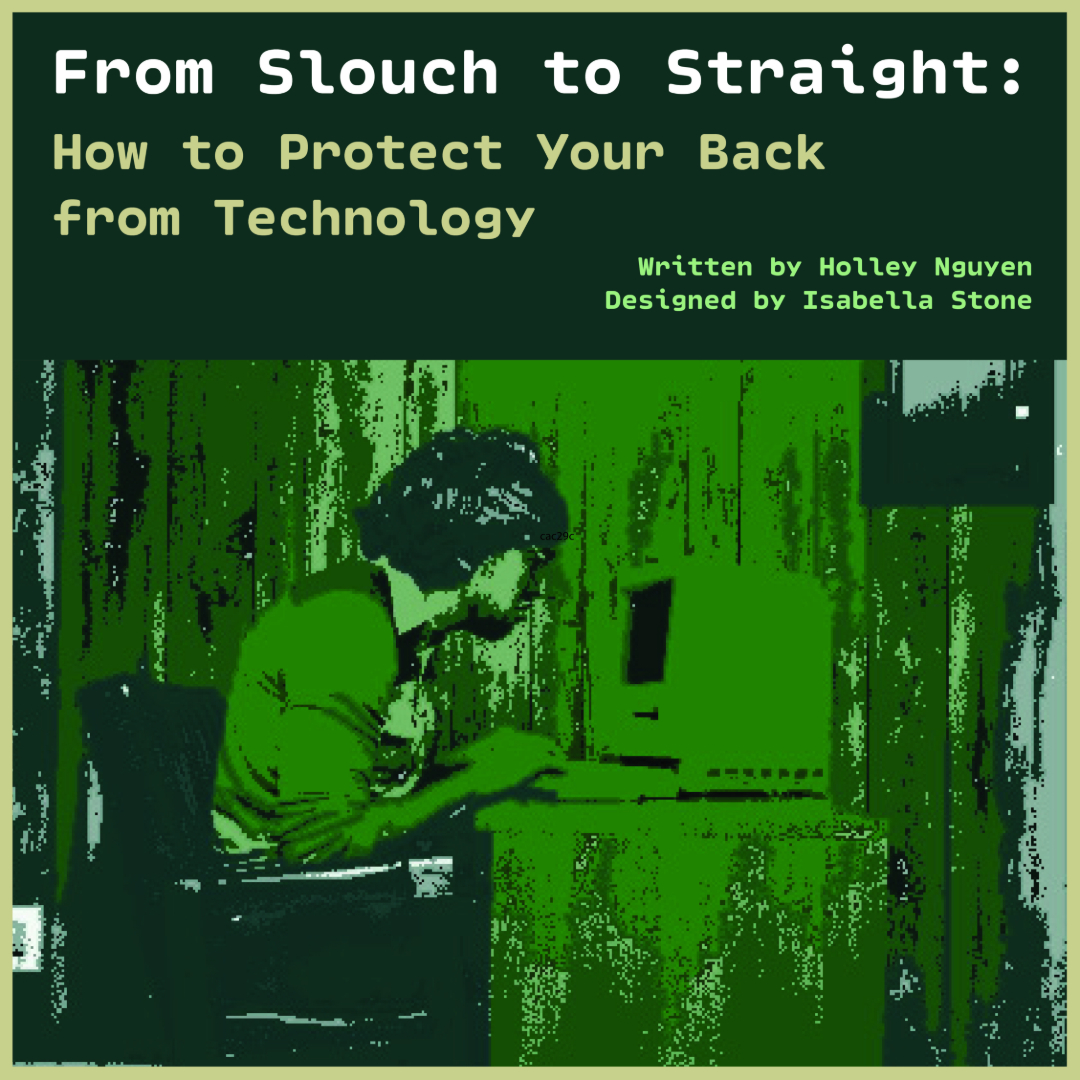
We are living in a digital age where technology is part of our daily life — working, entertaining and communicating all involve our laptops and smartphones. However, when we spend too much time using technology, our body becomes less active and lacks strength, with our spines taking most of the impact. This can lead to two major illnesses: sitting disease and text neck.
Sitting disease is a term that describes the negative consequences of prolonged sitting. This health issue has been more popular in recent times as our current life has become increasingly dependent on technology, commuting and desk jobs, raising key concerns that stem from how much time people spend sitting without engaging in any physical activity.
When a person sits for a long period, blood circulation in muscles decreases, leading to muscle weakness and blood circulation disruption. It also slows down metabolism, reducing the body’s ability to burn calories effectively, causing weight gain and, over time, contributing to obesity. Moreover, issues with the backbone can be found if a person exhibits a poor sitting posture, including chronic back pain, tight hip flexors, misalignment of spines and shoulder tension. According to the American Cancer Society, people who spend more than six hours a day sitting have a 19% higher mortality rate compared to those who sit less than three hours.
Technology usage over a long duration not only affects the backbone, but also the neck. The illness is called “text neck,” or “turtleneck syndrome:” a condition that results from the excessive forward bending of the neck, causing strain on the neck and spine. As people increasingly rely on smartphones for communication, entertainment and work, the problem of text neck has become more common.
Text neck is caused by the habitual posture of bending your neck to look down at smartphones or other devices. There are some recognizable symptoms such as neck pain, headaches, muscle tightness and numbness in arms and hands. Text neck heavily impacts postural imbalances; a condition known as “military neck” occurs when the normal curve of the neck is lost, increasing the strain on the cervical discs and causing misalignment of the neck where the head is positioned too far in front of the body. Furthermore, prolonged forward head posture can cause the natural curve of the cervical spine to flatten or even reverse, leading to kyphosis (hunchback posture).
Although we cannot separate ourselves from digital devices as they are highly essential for our daily lives, we can take measures to prevent these negative consequences by taking regular screen breaks, incorporating movement into our daily tasks and being mindful of our posture. Regular breaks can be even five minutes offscreen every hour or resting during lunch breaks. Throughout the day, try walking without your devices as much as possible such as getting yourself some water, moving around after dinner and doing some exercise during the weekend with a mix of stretching, strengthening and aerobic activities. While working, your posture must be straight up and looking directly forward when reading mobile screens or monitors, and at the same time, customizing workspaces — for example, adding footrests, wrist pads or backrests. With these simple adjustments and awareness, everyone can avoid long-term underlying sickness and build a healthy body in the digital age.
This era of technology has made us less attached to our surroundings, including our health. It has caused a decline in physical activities, contributing to physical issues like sitting disease and text neck. Therefore, we need to detox from devices and spend some time taking care of our health and reconnecting with our environment. By embracing a more balanced approach, we can ensure that technology enhances rather than hinders our overall well-being.